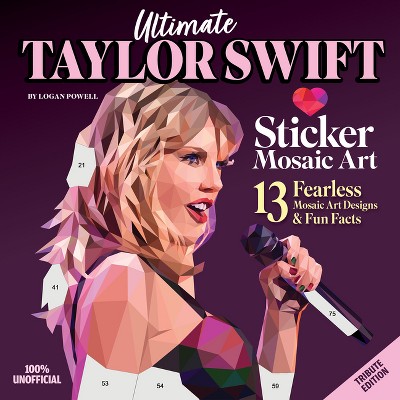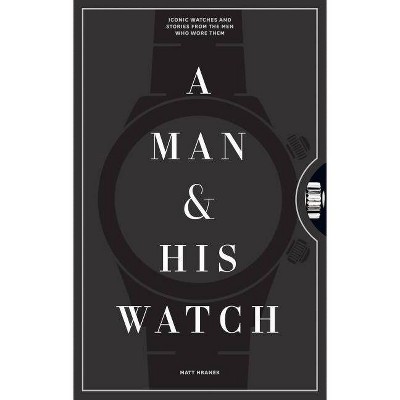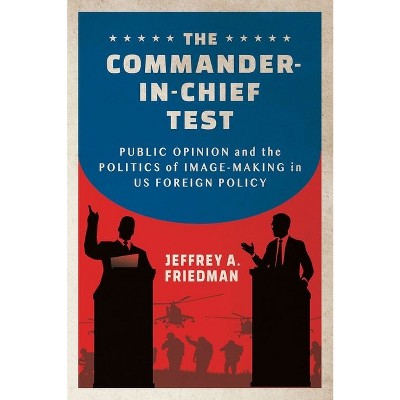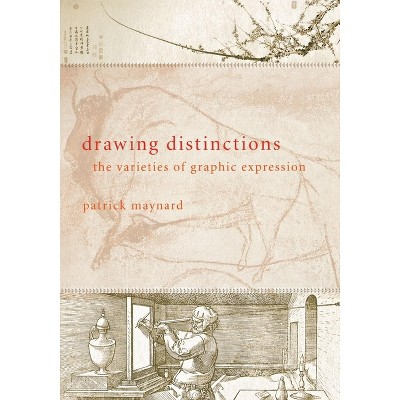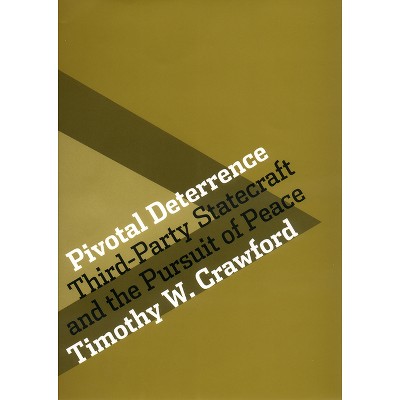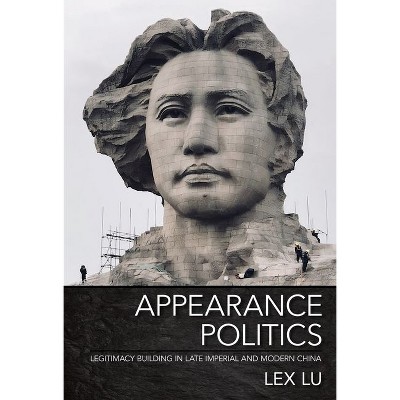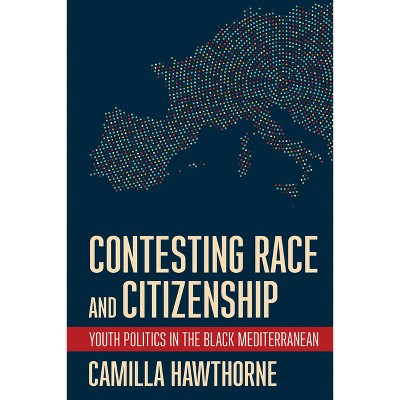About this item
Highlights
- In Mallparks, Michael T. Friedman observes that as cathedrals represented power relations in medieval towns and skyscrapers epitomized those within industrial cities, sports stadiums exemplify urban American consumption at the turn of the twenty-first century.
- About the Author: Michael T. Friedman is a Lecturer in the Department of Kinesiology at the University of Maryland, College Park.
- 324 Pages
- Architecture, Urban & Land Use Planning
Description
About the Book
"Following the principles of shopping mall and theme park design, the current generation of baseball stadiums are highly sophisticated consumption spaces. Through case studies of stadiums in Baltimore, Washington, DC, Boston, Los Angeles, Minneapolis, and Atlanta, Mallparks examines the history of stadium design and the use of stadiums in consumption-oriented redevelopment projects."--Book Synopsis
In Mallparks, Michael T. Friedman observes that as cathedrals represented power relations in medieval towns and skyscrapers epitomized those within industrial cities, sports stadiums exemplify urban American consumption at the turn of the twenty-first century. Grounded in Henri Lefebvre and George Ritzer's spatial theories in their analyses of consumption spaces, Mallparks examines how the designers of this generation of baseball stadiums follow the principles of theme park and shopping mall design to create highly effective and efficient consumption sites.
In his exploration of these contemporary cathedrals of sport and consumption, Friedman discusses the history of stadium design, the amenities and aesthetics of stadium spaces, and the intentions and conceptions of architects, team officials, and civic leaders. He grounds his analysis in case studies of Oriole Park at Camden Yards in Baltimore; Fenway Park in Boston; Dodger Stadium in Los Angeles; Nationals Park in Washington, DC; Target Field in Minneapolis; and Truist Park in Atlanta.
Review Quotes
Friedman (Univ. of Maryland, College Park) offers a valuable analysis of the relationship between major league baseball parks and spectators over the past 110 years, focusing on the "mallparks" that emerged in the late 20th century.
-- "Choice"About the Author
Michael T. Friedman is a Lecturer in the Department of Kinesiology at the University of Maryland, College Park. His work has been published in journals such as City, Culture, and Society; Sociology of Sport Journal; Journal of Urban Affairs; and Economic Development Quarterly.


